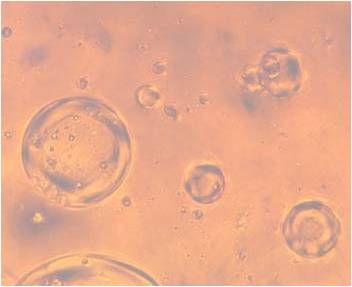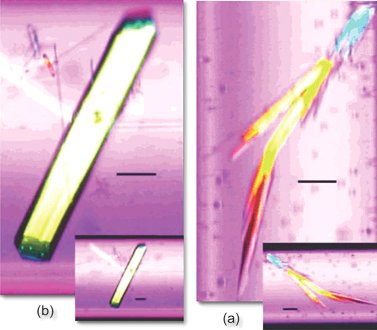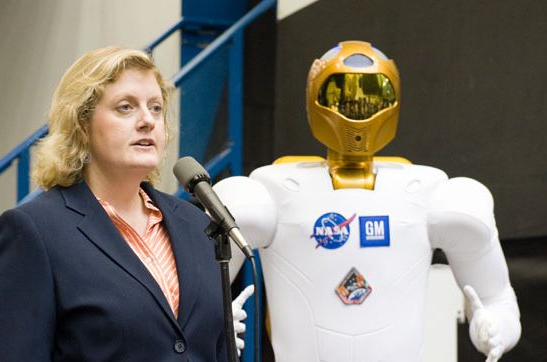Over the past few years, scientists have identified majorchallenges in moving from research discoveries in biomedicine, to actualproducts that improve human health. This gap is called the “valley of death.” Thisterm derives from the perilous divide between research discoveries and medicaltreatments that become available to the general public. On one side of thevalley you find a new research result with important implications, on the otherside of the chasm stands a potential product capable of bettering or even savinghuman lives. In between these two milestones are numerous barriers that cankeep the knowledge from reaching its full potential for humanity.
The redefined discipline of translational medicine seeksto improve the rate at which discoveries actually make it into the marketplaceor from “bench to bedside,” as seen in Traversing theValley of Death: A Guide to Assessing Prospects for Translational Success.The valley of death is so strewn with institutional and marketplace barriers,that experts believe we need to make changes in the support structure fortranslational research. By doing so, they hope that society will actuallyreceive the benefits of science investments. Nature published a news feature on this topic in 2008, titled TranslationalResearch: Crossing the Valley of Death.
These challenges for Earthbound researchers also apply tothe biomedical research conducted on the International Space Station. Even themost compelling research findings on the space station have a long path aheadbefore that knowledge will have the opportunity to yield results—they, too, musttraverse the valley of death.
Today, I want to share the status of three early researchfindings that you may have heard about. The results from these stationinvestigations are just now starting to make their way across the chasm. Thejourney for these results may take as long as two decades to complete, if theyare successful.
SalmonellaVaccine Development:
Spaceflight causes increased pathogenicityin Salmonella bacteria, which is aknown cause of food poisoning. Investigators used space pathogenicity ofsalmonella infecting a model nematode (a type of worm used in research) as ascreening model to evaluate candidate vaccines. The resulting data are leading tothe development of a Food and Drug Administration application for aninvestigational new drug by Astrogenetix, Inc. A similar approach, usingmethicillin-resistant Staphylococcusaureus (MRSA), is also ongoing. Multiple research groups are nowinvestigating mechanisms of virulence in other species of bacteria. Theprogress of this research depends on the future success of several stages ofclinical trials, and the willingness of a pharmaceutical company to bring thevaccine to market. Given the global impact of food poisoning, the market islarge. Even so, it will still depend on a pharmaceutical partner presenting acompelling business case for completing the development.


Eight syringe mechanisms filled with biological constituents
and loaded in a Group Activation Pack are used to test
bacterial pathogens for virulence and therapeutic potential.
(Image courtesy of BioServe Space Technologies)
Microencapsulationof Prostate Cancer Treatment Drugs:
Microcapsules—micro-scale capsules surrounding aninjected medication to help it target a specific area of the body—were producedon the space station in 2002. The properties of the space-producedmicrocapsules were predicted to be more effective in treating prostate cancer;this was shown in ground models. In 2009, researchers were finally able todevelop and patent a machine capable of producing quantities of similar microcapsuleson the ground. NuVue Technology is now trying to raise the money necessary tofund the FDA-approved clinical trials at M.D. Anderson Cancer Center in Houston, TX,and the Mayo Cancer Clinic in Scottsdale, AZ. For obvious reasons, 2010 was notthe best year for raising investor capital for new clinical trials. Globaleconomic struggles and funding hurdles are just a few of many examples of thebarriers to bridging the valley of death.

Micro-balloons containing antitumor drugs
and radio-contrast oil produced in
Microencapsulation Electrostatic Processing
System during International Space Station
Expedition 5.
(Image courtesy of D.R. Morrison)
A NewTreatment For Duchenne’s Muscular Dystrophy:
Protein crystal growth on the space station allowed for theidentification of an improved structure of human hematopoietic prostaglandin D2synthase (HQL-79). The conditions in microgravity allowed for the developmentof a slightly better crystal than previously possible on the ground. Thisimproved model provided investigators with new information on the structure ofthe enzyme. This protein inhibits an enzyme that is more active in patientswith Duchenne’s muscular dystrophy. Based on this knowledge, investigatorsdeveloped a new candidate treatment. It is now undergoing testing via animalmodels, with dramatic early success. This common and debilitating form ofmuscular dystrophy affects approximately 1 in 4,000 males, so the potentialbenefit and market are great. Barriers that could affect the eventualtranslation of the treatment to marketplace, however, include the possibility ofan ineffective candidate drug in clinical trials, despite the successful animalmodel. Likewise, if the drug has unintended effects or if intellectual propertymakes the drug difficult to bring to market, the entire project could tumbleinto the valley.

Crystals of human hematopoietic prostaglandin D
synthase (H-PGDS) grown under terrestrial (a) and
microgravity (b) conditions. In the microgravity
experiment, plate-like crystals were grown with
good morphology. Scale bar corresponds to 100 μm.
(Image courtesy of Osaka Bioscience Institute)
In my role as Program Scientist, I talk frequently aboutthese examples. This is because the advent of their success will validate thediscovery potential of the space station as a laboratory. Critics be warned,however, that the converse is not true. If any or all of these examples do notmake it to market, this only indicates that our society has not built the mostreliable bridge across the valley of death. The National Institutes of Health,pharmaceutical companies, and universities continually seek better bridges sothat scientific discoveries translate more directly into saving human lives. Spacestation researchers join their Earthbound colleagues on this journey to spanthe chasm for the benefit of all humanity.
Julie A. Robinson, Ph.D.
International Space Station Program Scientist

